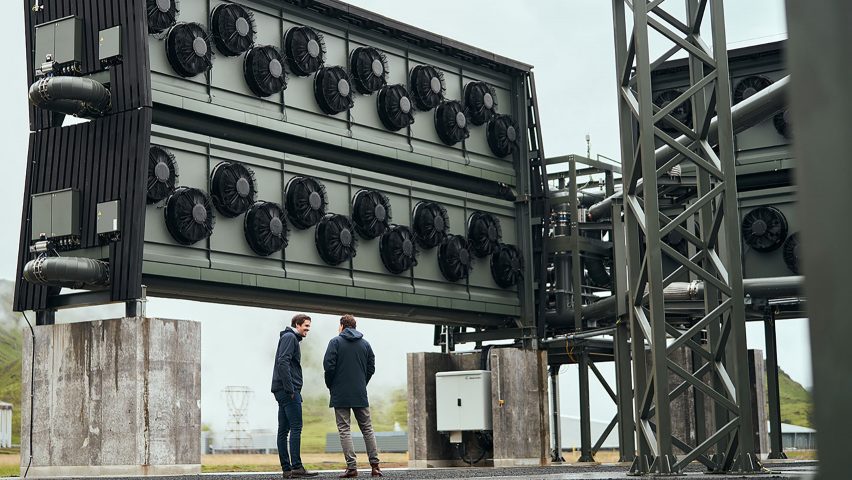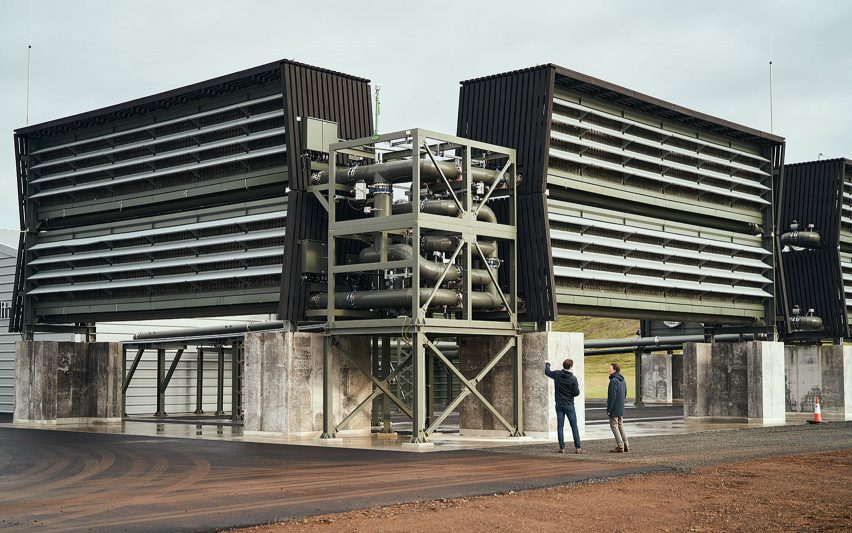
World's largest carbon-capture plant Orca opens in Iceland
The world's largest direct air carbon capture and storage plant has started operating in Iceland, run by Swiss company Climeworks.
Named Orca, the plant sucks carbon dioxide directly from the air and buries it as rocks deep underground, using technology from Climeworks' Icelandic partner Carbfix.

Orca has the capacity to remove 4,000 tonnes of carbon dioxide from the atmosphere this way each year.
The number equates roughly the emissions from 870 cars or 9,281 consumed barrels of oil, according to the United States Environmental Protection Agency greenhouse gas calculator.
Plant is run on renewable energy
The Orca plant is located in Hellisheidi, Iceland, adjacent to Icelandic energy company ON Power's geothermal power plant, and is entirely run on this renewable energy.
Climeworks claims it is the "world's first and largest climate-positive direct air capture and storage plant", and says it makes the capture of atmospheric carbon on an industrial scale a reality.
"Orca, as a milestone in the direct air capture industry, has provided a scalable, flexible and replicable blueprint for Climeworks' future expansion," said Climeworks co-CEO and co-founder Jan Wurzbacher.
"With this success, we are prepared to rapidly ramp up our capacity in the next years. Achieving global net-zero emissions is still a long way to go, but with Orca, we believe that Climeworks has taken one significant step closer to achieving that goal."
Climeworks' plant was built in 15 months, using a modular system in the form of stackable container-sized collector units. Eight such units make up the Orca plant.
The company claims this system has a small physical footprint, cuts construction time and can be replicated anywhere in the world with sufficient renewable energy and storage conditions.
It also uses around half as much steel as Climeworks' previous technology.
Orca is Climeworks' second carbon capture plant
The company launched a pilot plant in Switzerland in 2017, which packaged the collected carbon up for commercial use in fertilisers, fizzy drinks and synthetic fuels.
The Orca plant captures significantly greater quantities of carbon dioxide, and instead of using it converts it for storage through Carbfix's "natural mineralisation process".
This involves mixing the carbon dioxide with water and pumping it deep underground, where it is trapped in stone. This effectively removes it from the atmosphere permanently.
Climeworks plans to achieve megatonne removal capacity in its global operations by the second part of this decade.
Critics of carbon capture and storage have argued that it is a costly distraction from the real policy measures needed to fight climate change.
However, the United Nations Intergovernmental Panel on Climate Change report suggests that scaling up carbon removal technologies could help the world limit global warming to 1.5 degrees.
Climeworks head of climate policy Christoph Beuttler told Dezeen in June that mining carbon from the sky instead of the ground could represent a circular resource that could fuel aeroplanes and produce cement.